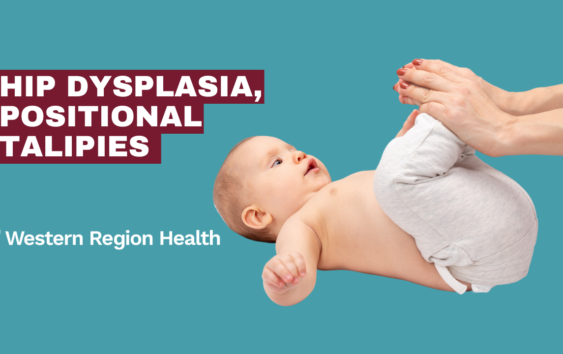General | August 29, 2023
5 Ways Osteopathy Can Help De Quervain’s Tenosynovitis
Dr Jarryd Crisp-OSTEOPATH | SENIOR OSTEOPATH-Double Bachelor of Health Science/Applied Science (Osteopathy), Bachelor of Health Sciences
De Quervain’s tenosynovitis, a painful condition affecting the tendons on the thumb side of the wrist, can significantly impact one’s quality of life. While conventional treatments like rest, splinting, and anti-inflammatory medications are often prescribed, many individuals seek alternative therapies to manage their symptoms. Osteopathy offers promising benefits for those suffering from De Quervain’s tenosynovitis. Here are five ways osteopathy can help:
- Manual Manipulation and Mobilization: Osteopathic practitioners use manual techniques to manipulate and mobilize affected joints and soft tissues. In the case of De Quervain’s tenosynovitis, these techniques can help improve the mobility of the wrist and thumb joints, alleviate muscle tension, and reduce inflammation around the affected tendons. By restoring proper joint function and enhancing circulation, manual manipulation can aid in pain reduction and promote healing.
- Soft Tissue Techniques: Osteopathy employs various soft tissue techniques such as myofascial release and trigger point therapy. These methods target tight and restricted muscles around the wrist and thumb area. By releasing tension in the muscles and fascia, blood flow is improved, which can facilitate the removal of waste products and delivery of nutrients to the affected area. This can contribute to reduced pain and improved range of motion.
- Postural Assessment and Correction: Osteopaths conduct thorough postural assessments to identify any imbalances or misalignments in the body. Poor posture can exacerbate De Quervain’s tenosynovitis by placing additional strain on the affected tendons. Osteopathic treatment may involve correcting posture through exercises, stretches, and gentle adjustments, which can alleviate stress on the wrist and aid in the healing process.
- Nerve Mobilization: In some cases, compressed or irritated nerves can contribute to the pain experienced in De Quervain’s tenosynovitis. Osteopathy includes techniques to mobilize and release tension from nerves. By addressing nerve involvement, osteopaths can help reduce pain, tingling, and numbness associated with the condition.
- Whole-body Approach: Osteopathy views the body as a unified system, and practitioners consider how different parts of the body may be interconnected. In the case of De Quervain’s tenosynovitis, an osteopath may assess not only the wrist and thumb but also the neck, shoulder, and spine. Dysfunctions in these areas could contribute to wrist strain. By addressing the root causes of these dysfunctions, osteopathy aims to provide long-term relief and prevent recurrence.
De Quervain’s tenosynovitis can be a debilitating condition, but osteopathy offers a holistic and integrative approach to its management. Through manual techniques, soft tissue work, posture correction, nerve mobilization, and a whole-body perspective, osteopathy aims to alleviate pain, improve function, and enhance overall well-being for individuals struggling with this condition.
References:
- Gehlsen GM, Ganion LR, Helfst R. Fibroblast responses to variation in soft tissue mobilization pressure. Med Sci Sports Exerc. 1999;31(4):531-535.
- Degen RM, MacDermid JC. The Effectiveness of Mobilization Techniques for Treatment of De Quervain’s Disease: A Systematic Review. J Hand Ther. 2016;29(4):396-404.
- Ajimsha MS, Chithra S. Effectiveness of Myofascial Release in the Management of De Quervain’s Disease in Computer Professionals. J Bodyw Mov Ther. 2017;21(2):417-422.
- Beneciuk JM, Bishop MD, George SZ. Effects of upper extremity neural mobilization on thermal pain sensitivity: a sham-controlled study in asymptomatic participants. J Orthop Sports Phys Ther. 2009;39(5):428-438.


